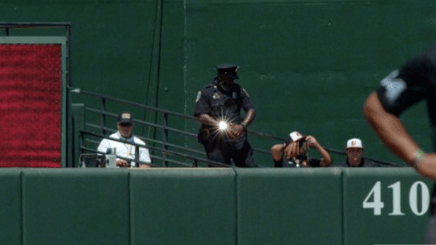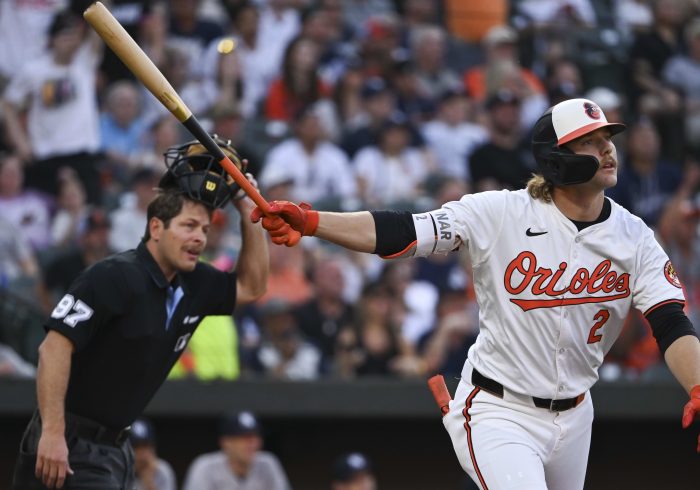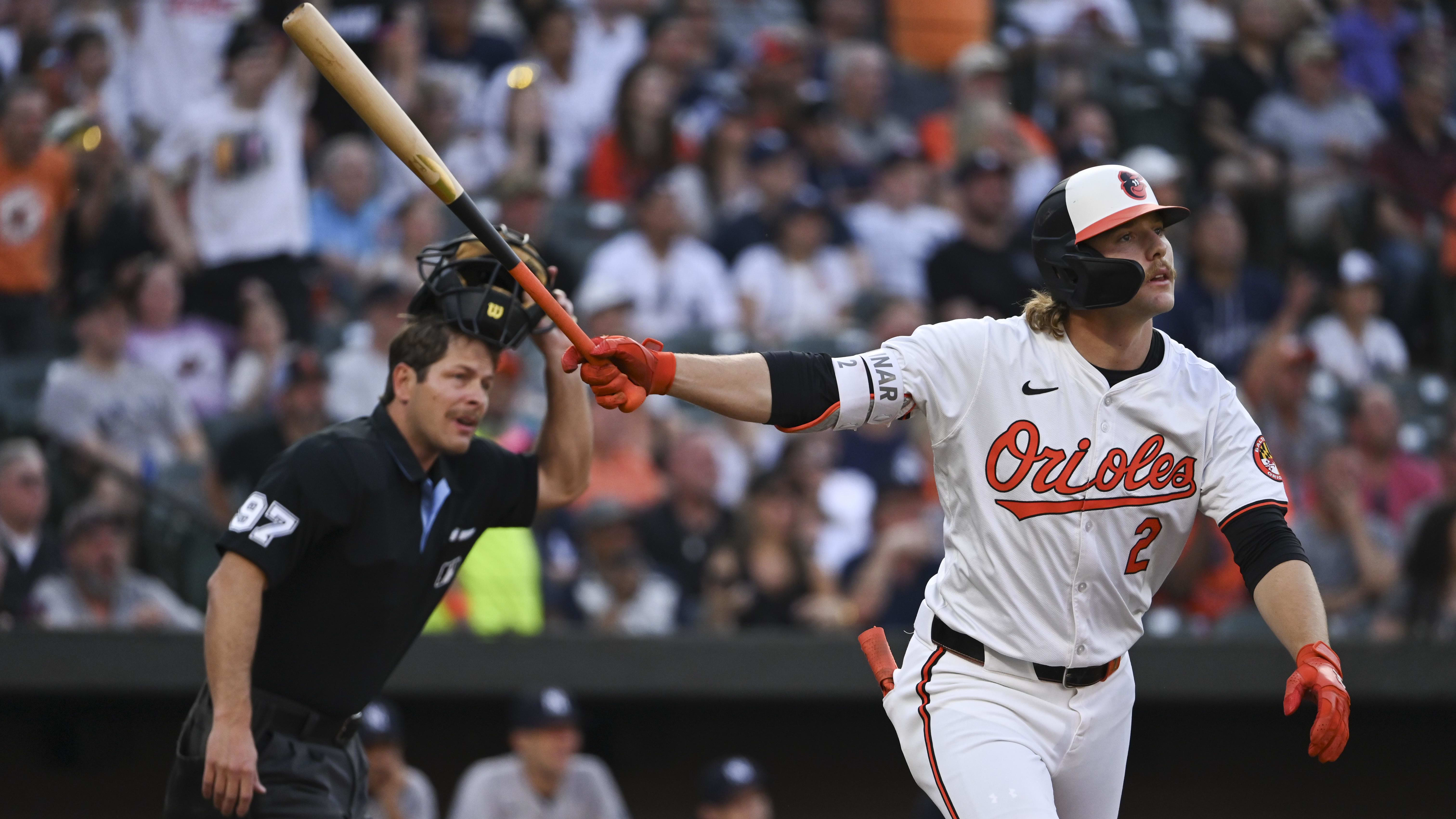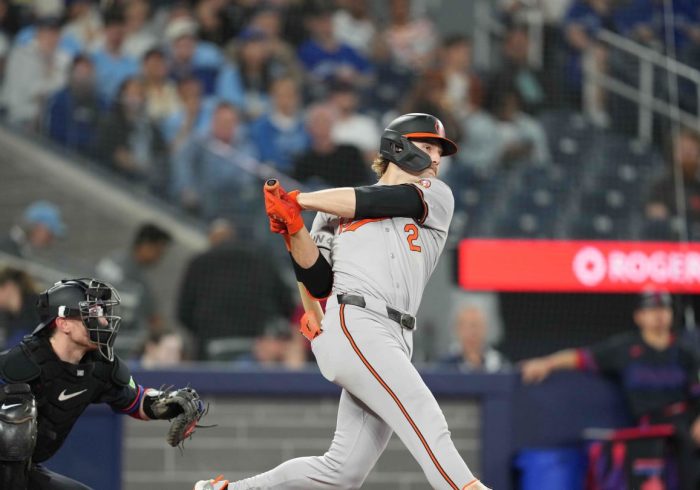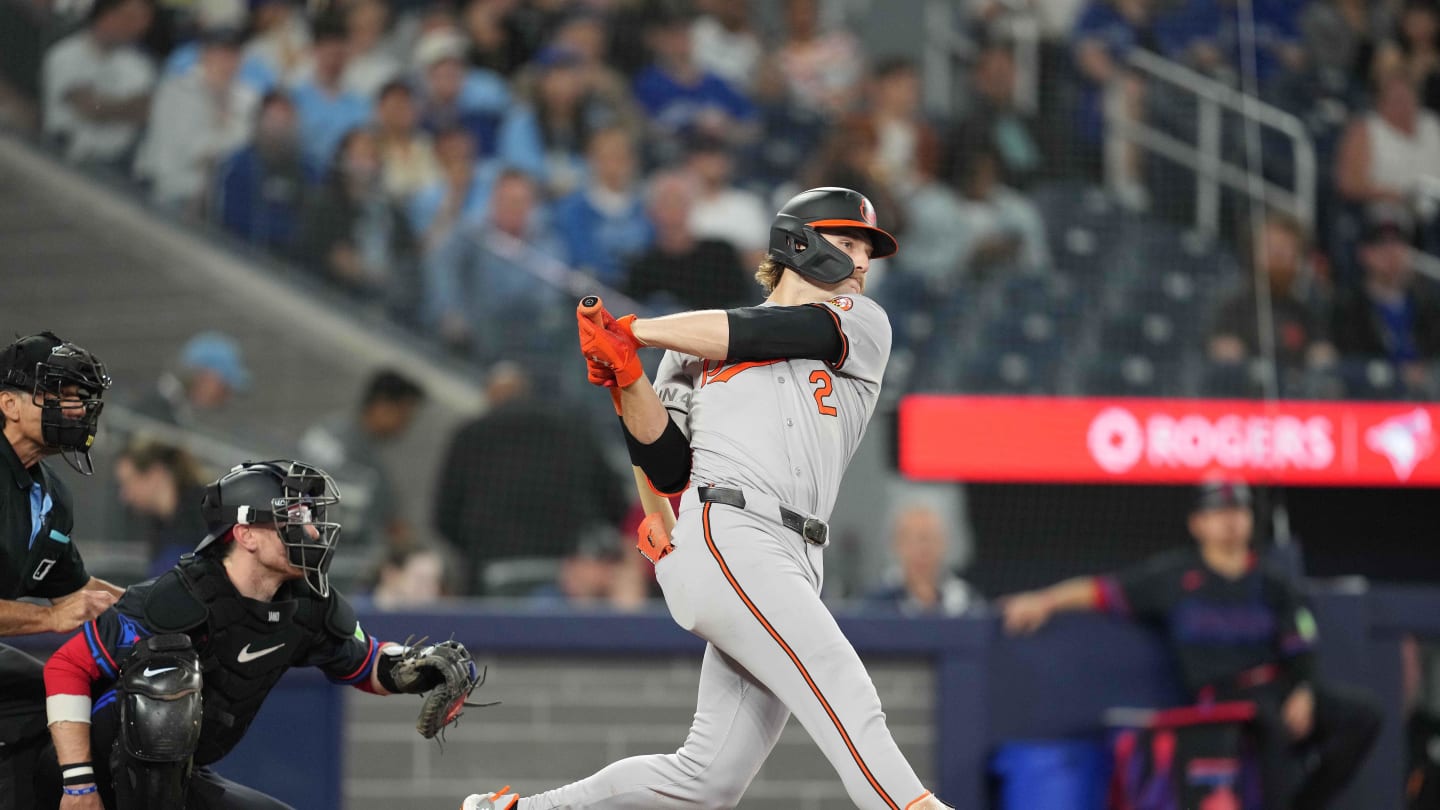The New York Yankees and Baltimore Orioles, locked in for a final game of a four-game set on Thursday afternoon to determine the sole leader of the AL East, were delayed briefly for a reason you probably haven’t heard before. A wristwatch was causing issues for Juan Soto in the third inning.
Soto complained to the umpire about something out near the batter’s eye. There was some confusion both in the stadium and among broadcasters of the game over what the complaint was. The umpire went to the Orioles’ dugout to have them make a phone call to the bullpen to communicate with the perpetrator in the outfield.
An official of some sort was sitting in a walkway near the batter’s eye in a white shirt, and he briefly moved back a few feet, thinking his shirt was the issue.
“Someone send him an orange shirt!” color commentator Joe Girardi joked on YES Network.
Shortly after, it was clarified that a police officer stationed nearby was the actual issue. His watch face was reflecting the sun toward home plate, making it difficult for Soto to see where the ball was.
The officer moved over a touch, and it ostensibly fixed the problem, as the game continued. Soto proceeded to strike out.
Another entry in the long list of why games have been delayed, which also got “bee colony” added in earlier this week in Arizona.
